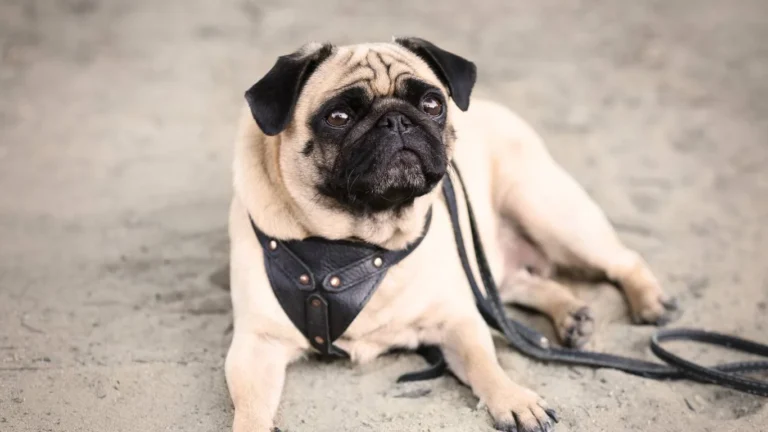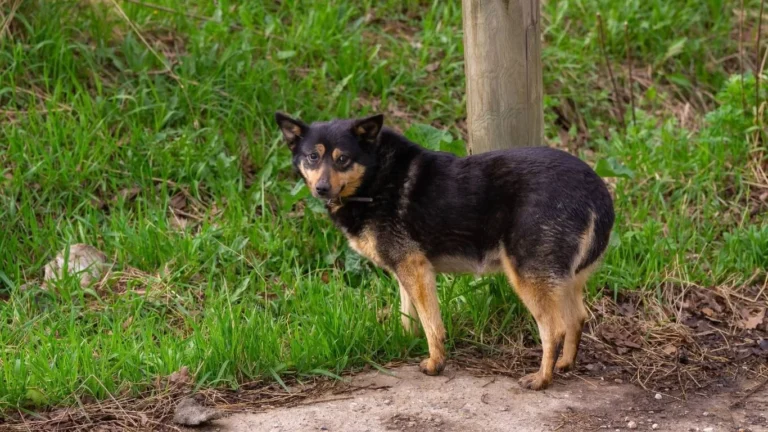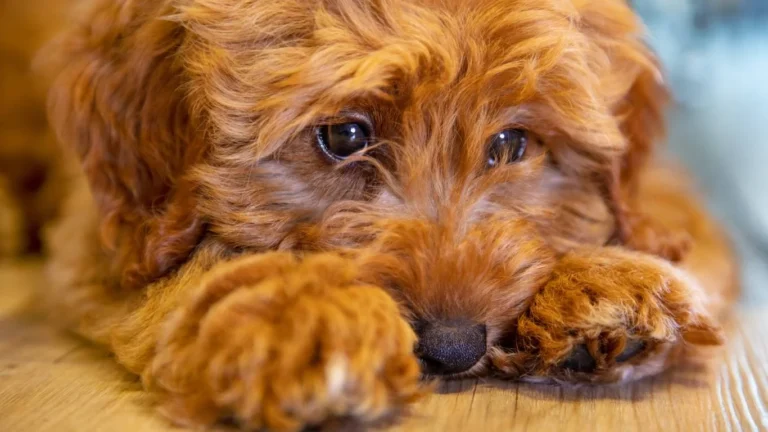Alarming Sign: What Does Green Discharge from a Dog’s Nose Mean?
Ever found yourself staring at your pup’s face, noticing a strange gooey green stuff dripping from their nose, and instantly wondering, what does green discharge from a dog’s nose mean? Trust me, you’re not the only one. As someone who has spent years working in a vet clinic with a heavy focus on pet nutrition and overall wellness, I’ve seen plenty of pet parents walk through the door with that same worried look. Sometimes it’s nothing. Other times, it’s a red flag waving right under your nose—literally.
Green Discharge: A Symptom That Shouldn’t Be Ignored
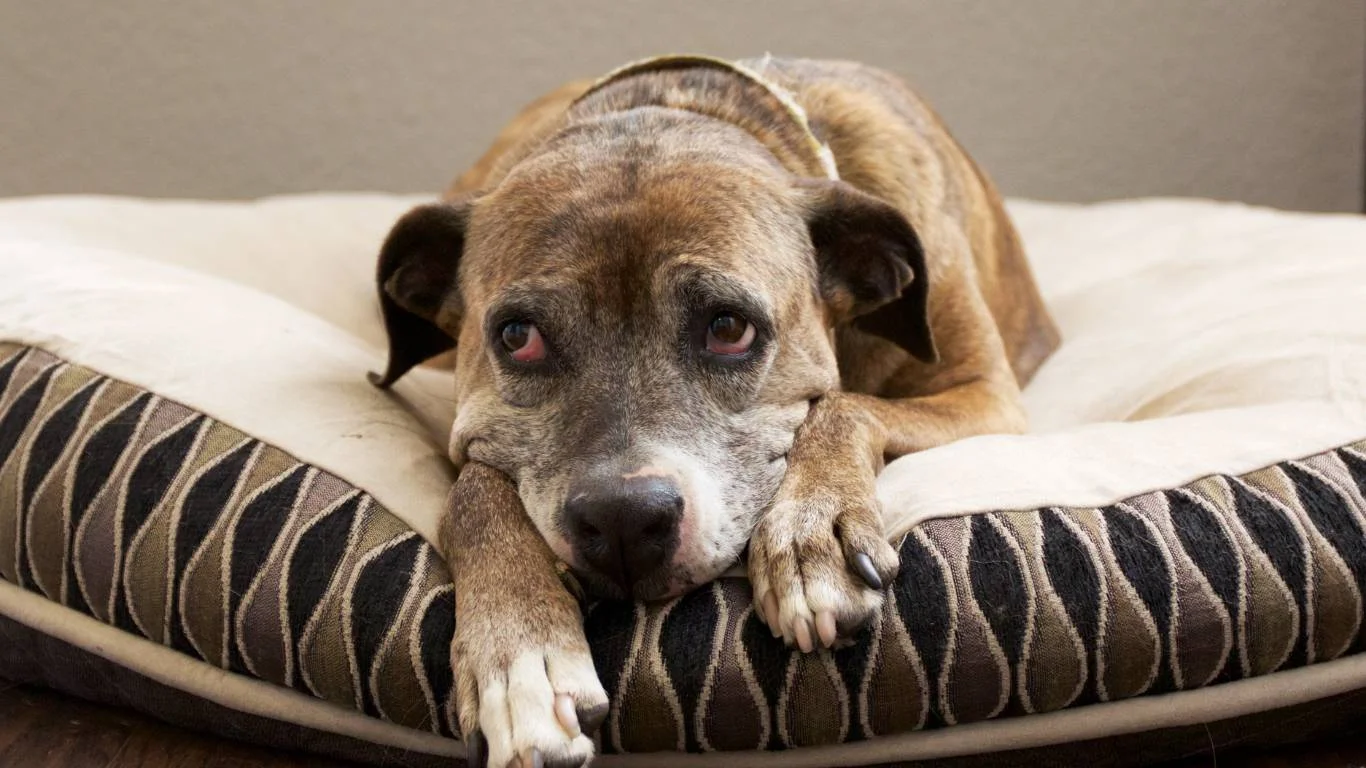
Let’s get one thing straight—dogs can get runny noses just like we do. But while a clear, watery discharge might just be from excitement or a mild irritant, green nasal discharge is typically a sign of something more serious. From my experience behind the exam table, green usually points to pus. And pus equals infection.
What’s Actually Happening Inside Your Dog’s Nose?
When a dog has a green nasal discharge, it’s often due to inflammation or infection in the upper respiratory tract. This could be caused by:
- Bacterial or fungal infections
- Foreign objects (like grass awns or seeds stuck up the nostril — yes, that happens!)
- Tooth root abscesses that break into the nasal passages
- Nasal tumors, though rarer, especially in older dogs
- Chronic rhinitis (long-term nasal inflammation)
One of the most memorable cases I worked on involved a golden retriever named Max. His human thought he just had seasonal allergies. Turns out, he had a foxtail stuck way up in his nostril that caused a nasty infection. The moment we removed it and started him on antibiotics, the green goo cleared up like magic.
Common Causes of Green Nasal Discharge in Dogs

1. Bacterial Infections
This is the number one culprit I’ve seen in the clinic. When bacteria overgrow in the nasal passages, they trigger the immune system to send white blood cells to the area. The result? Pus—and that’s your green discharge.
2. Fungal Infections
Fungal issues like aspergillosis are less common, but I’ve seen them in dogs with long snouts (think collies and greyhounds). These infections can eat away at the tissues in the nasal cavity and are tricky to treat, often requiring antifungal meds and lots of patience.
3. Dental Problems
You’d be surprised how often dental issues play into nasal discharge. Dogs with untreated tooth decay or infected roots—especially the upper molars—can have infections that break into the nasal cavity, creating—you guessed it—green nasal gunk.
4. Environmental Irritants & Allergies
Now, while allergies themselves don’t usually cause green discharge, they can lead to chronic sneezing or inflammation. That irritation makes the nasal tissues more vulnerable to secondary bacterial infections, which can cause the green stuff.
When Should You Be Concerned?

If your dog has green nasal discharge that lasts more than a day or two—or if it’s accompanied by other symptoms like lethargy, coughing, trouble breathing, or loss of appetite—it’s time to call your vet. Better safe than sorry.
- Monitor your dog’s energy and eating habits
- Look for signs like sneezing, pawing at the nose, or head shaking
- Take note if the discharge is coming from one nostril or both
- Check for foul smells—it can indicate a serious infection
One thing I always tell clients: green isn’t a normal color for any discharge—eyes, nose, ears, you name it. It usually means the body is fighting something. And when in doubt, a quick vet visit is always worth the peace of mind.
How Vets Diagnose the Cause of Green Nasal Discharge
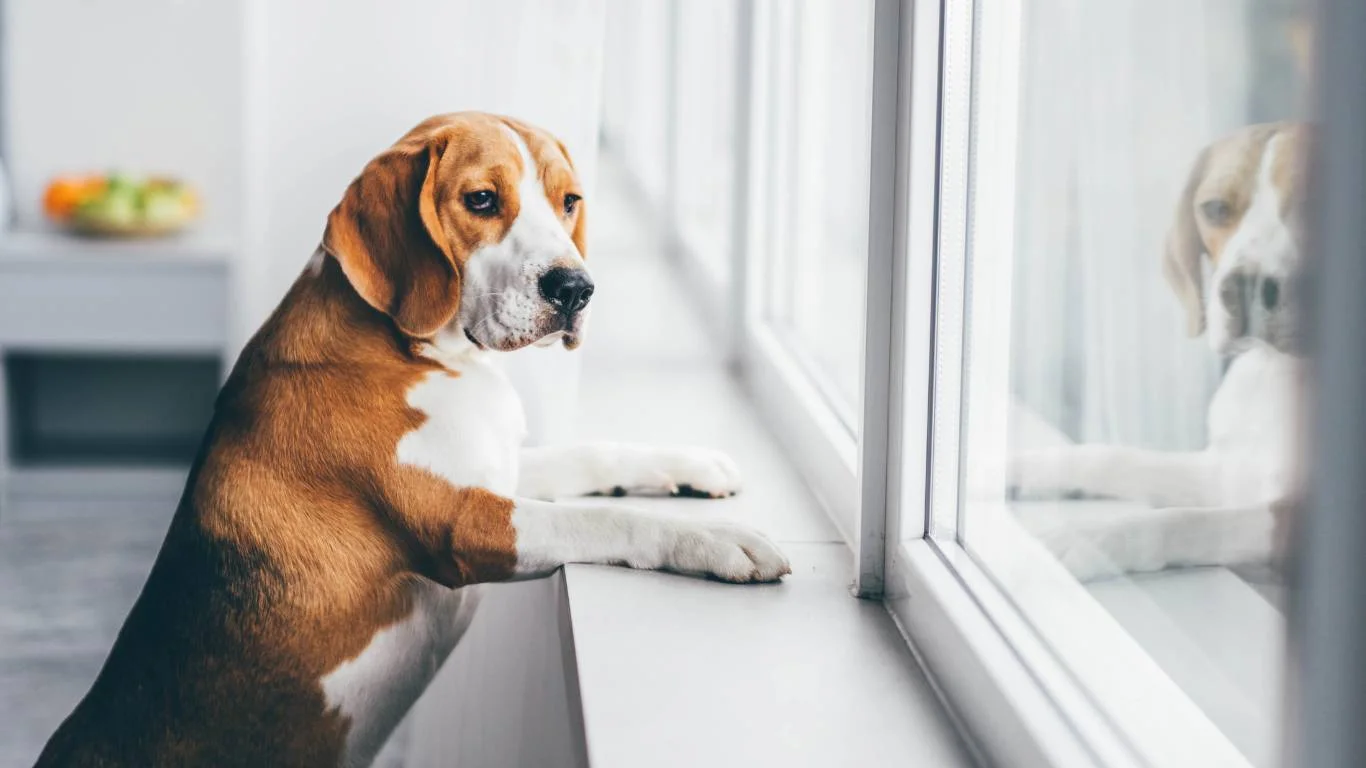
Alright, so you’ve noticed the green goo and made that vet appointment. But what actually happens at the clinic? One of the most common questions I’d get from nervous pet parents was, “How will you figure out what’s causing it?” Honestly, it’s not always a quick answer, but there’s a method to the madness.
Step 1: The Good Ol’ Nose-to-Tail Exam
First things first, the vet’s gonna give your pup a thorough physical. I used to help with these all the time. We’d check the nostrils for swelling, look for any discharge patterns, and see if it’s coming from one side or both. If it’s one-sided, it might hint at a foreign object or a localized issue like a bad tooth.
Step 2: Nasal Swabs & Cultures
If infection is suspected, the vet may take a sample of the discharge. This lets them run a culture and sensitivity test to pinpoint exactly which bacteria or fungus is to blame—and more importantly, which meds will actually work. I can’t tell you how many times we had to switch antibiotics because the bacteria laughed in the face of the first prescription.
Step 3: Imaging & Scopes
If things still aren’t clear (pun intended), we might move on to more advanced diagnostics like x-rays, CT scans, or even a rhinoscopy (a tiny camera that goes up the nose). These are super helpful for catching polyps, tumors, or stuck objects. It’s wild what dogs can inhale. I once assisted in a case where we pulled out a whole blade of grass. Yep, just chilling in there causing chaos.
Treatment Options: From Simple Fixes to Long-Term Care
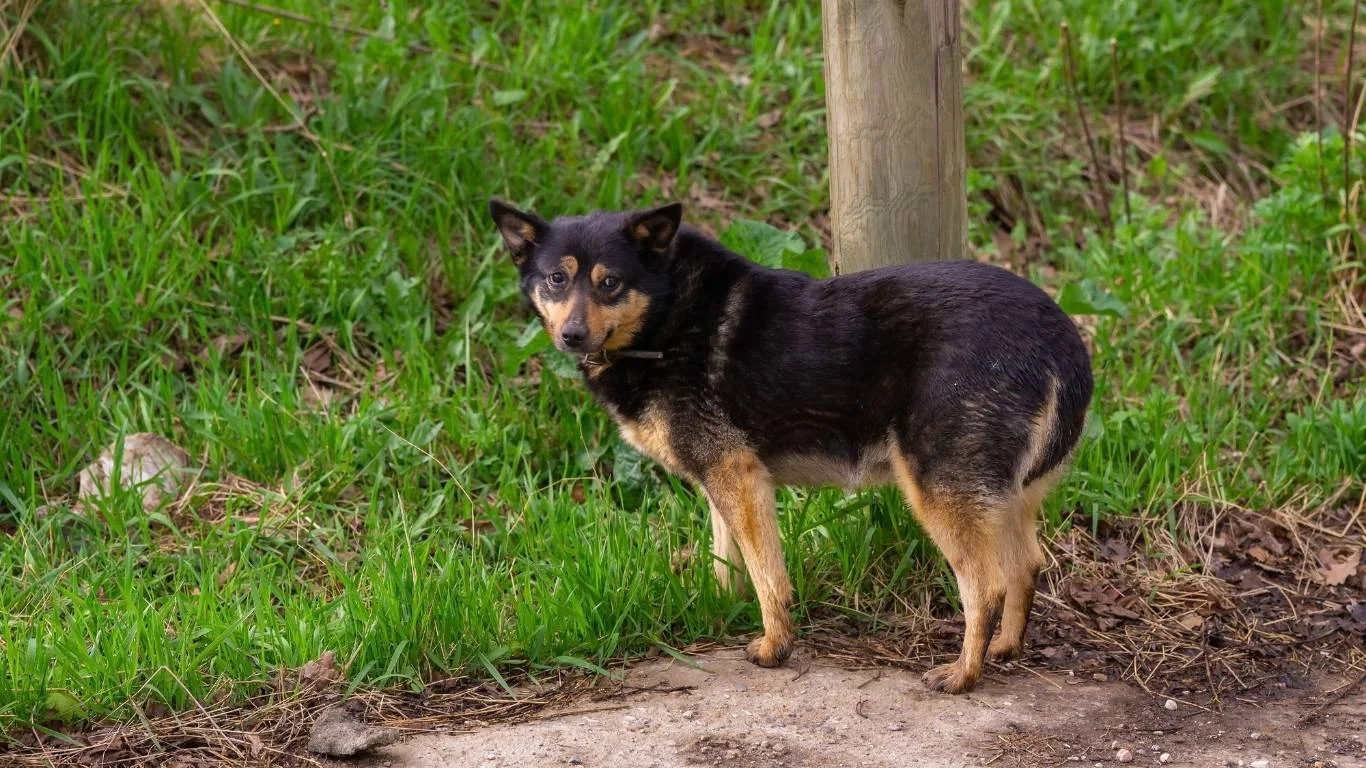
So now we know what’s causing it. What next? Treatment depends entirely on the underlying issue, but here’s a quick breakdown of the most common paths we take.
Antibiotics & Antifungals
If the cause is bacterial or fungal—and it usually is—we’ll start with a course of medications. Depending on how stubborn the infection is, this could be a quick 7-day fix or a longer haul. Always, always finish the meds, even if the nose clears up halfway through. Trust me, I’ve seen too many relapses when people stop too soon.
Dental Care
If we’re looking at a dental issue, the infected tooth may need to be extracted. I remember one senior schnauzer whose green nasal mess cleared up entirely after we pulled a rotting molar. That sweet boy was breathing freely again and back to chasing tennis balls in no time.
Foreign Body Removal
For the dogs who’ve snorted up half the backyard, the fix is usually quick—but can require sedation. Once we remove the culprit (grass, seed, tiny toy pieces—you name it), the healing starts almost immediately. A little follow-up care and they’re golden.
Tumor Treatment
If a tumor is found—and I won’t sugarcoat it, this is the tougher path—the next steps might involve surgery, biopsies, or even radiation therapy in some cases. Early detection makes a huge difference, which is why that vet visit shouldn’t be delayed.
What You Can Do at Home: Supporting Healing & Prevention

While your vet handles the heavy lifting, there’s a lot you can do at home to help your pup feel better and reduce the risk of it happening again.
1. Keep Their Nose Clean
Wipe away any discharge gently with a warm, damp cloth. I like using unscented baby wipes for sensitive noses. Just be gentle—especially if the skin is irritated.
2. Use a Humidifier
Dry air can make nasal issues worse. I always recommend running a humidifier near your dog’s bed, especially in winter or if you live somewhere dry. It helps soothe those inflamed nasal passages.
3. Boost Their Immune System with Nutrition
Here’s where my nutrition background really comes into play. A well-fed immune system is a strong one. Omega-3s, high-quality protein, and the right balance of vitamins can seriously help your dog fight off infections. I’ve personally seen dogs bounce back faster when we cleaned up their diet. Even adding a little bone broth or fresh leafy greens (in safe amounts) can give their immune system a nudge.
4. Avoid Irritants
Strong cleaners, smoke, perfumes—these can all irritate your pup’s nose and make things worse. I once had a client who realized her dog’s issues flared up every time she lit scented candles. After cutting them out, the symptoms backed off big time.
5. Regular Vet Checkups
Don’t wait for something to go wrong. Annual (or semi-annual for older dogs) checkups are the best way to catch stuff early. Vets can often spot subtle signs before they turn into big problems.
So if you’re still wondering what does green discharge from a dog’s nose mean?, the takeaway here is: it’s usually a sign that something’s up and needs attention. Whether it’s a bug, a blockage, or a dental disaster, the sooner you act, the better the outcome for your furry best friend.
Preventing Future Nasal Issues in Your Dog
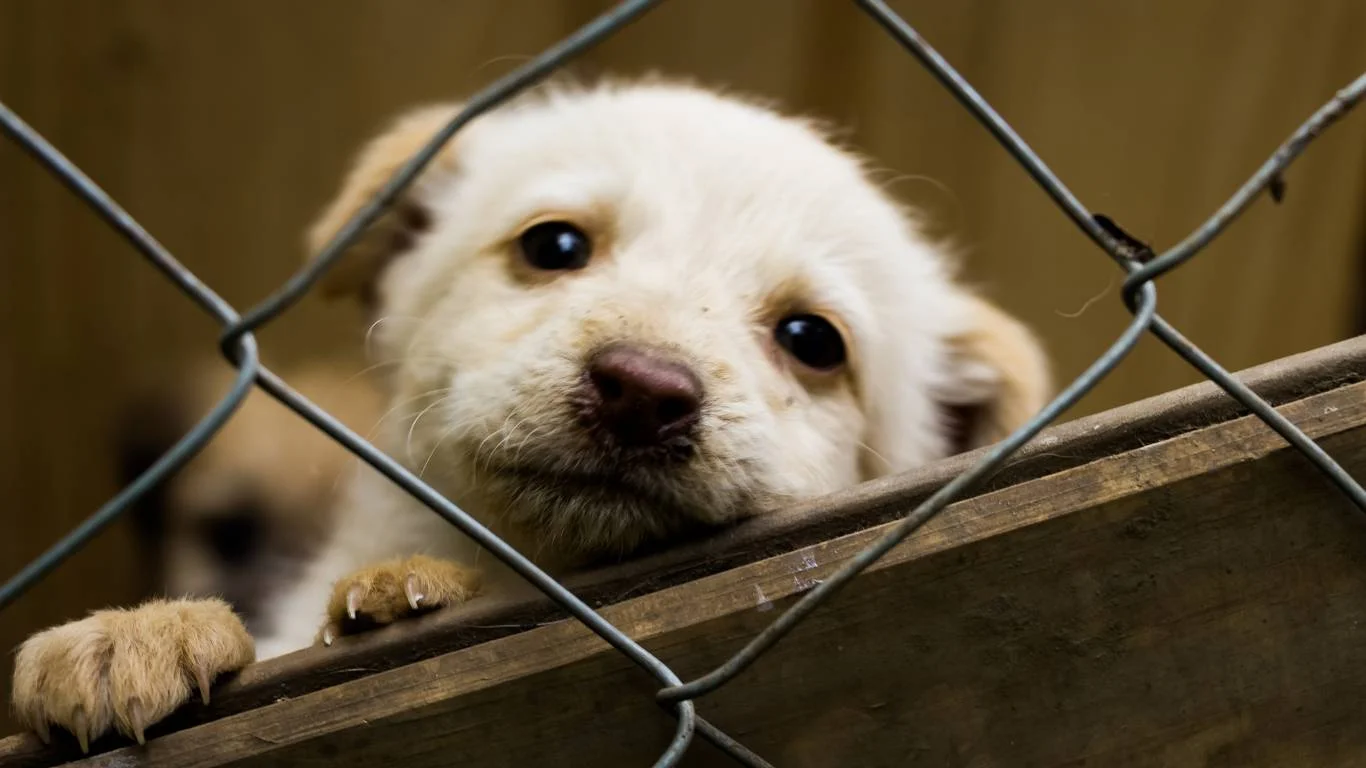
So now that we’ve covered the causes and treatments of that mystery green goo, let’s talk prevention. Because, honestly, nothing beats keeping your pup healthy in the first place. Over the years in the clinic, I saw a pattern: the dogs who stayed healthy the longest were the ones whose owners stayed proactive—not reactive.
Routine Checkups Matter More Than You Think
It sounds obvious, but you’d be surprised how many pet parents skip their annual wellness exams. These checkups aren’t just about shots—they’re about catching the sneaky stuff early. I’ve seen infections that would’ve turned serious caught just in time during what seemed like a “routine” visit.
Nutrition Is Your Dog’s First Defense
I can’t say it enough: you are what you eat applies to dogs, too. A balanced diet rich in whole ingredients helps support the immune system, which in turn, helps fight off infections before they get nasty. Personally, I always recommend foods with:
- High-quality proteins (think real meat, not mystery meal)
- Essential fatty acids like Omega-3s for inflammation support
- Probiotics to maintain gut health (because gut health = immune health!)
I once worked with a pup who had recurrent nasal discharge issues. After ruling out medical causes and tweaking her diet to a cleaner, nutrient-dense plan, her flare-ups dropped dramatically. It was one of those “lightbulb” cases that reminded me how powerful nutrition really is.
Keep the Environment Clean & Safe
Another biggie? Your dog’s surroundings. Dust, strong cleaning products, cigarette smoke—even heavy scented candles—can all irritate your dog’s nasal passages. If you’ve got a sniffer-sensitive pup, go with unscented everything and vacuum like it’s your cardio.
When to Worry — And When to Wait
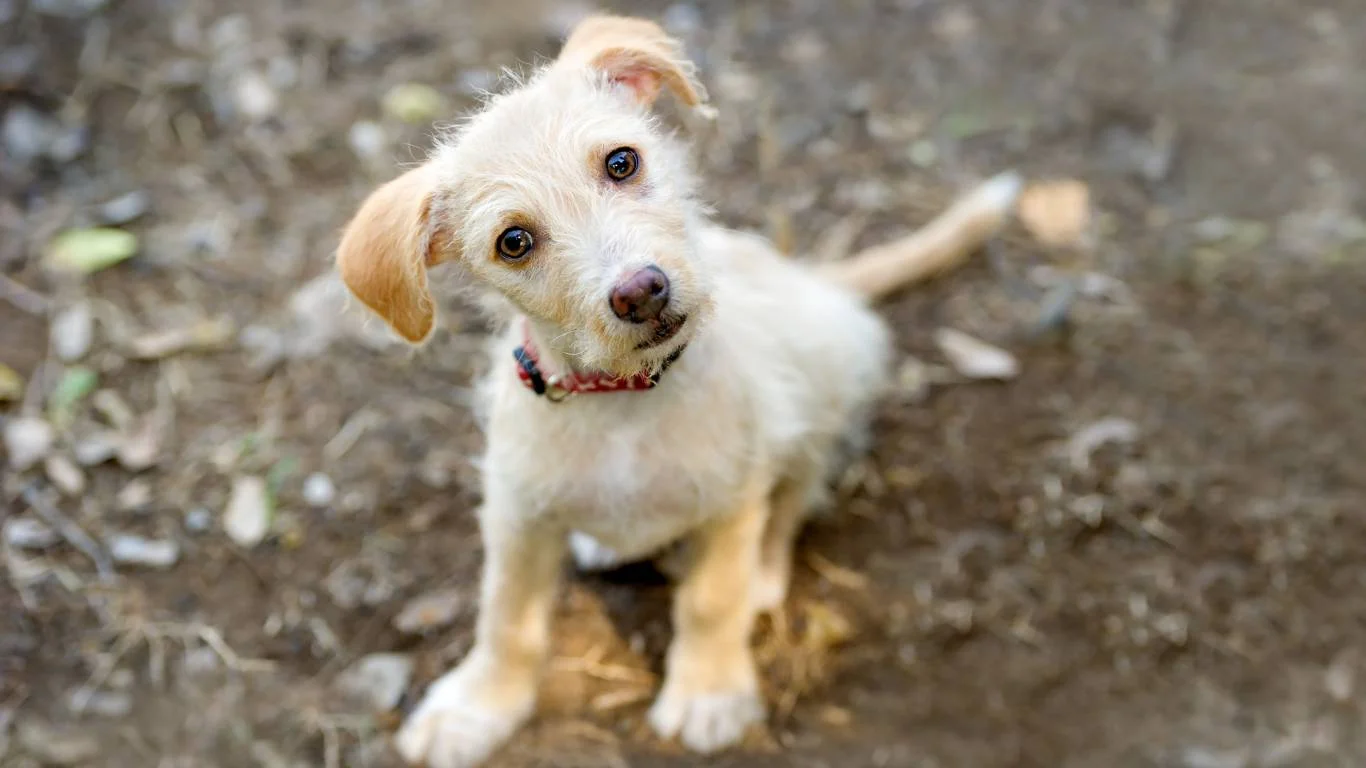
Okay, so let’s say you see a little green discharge. Do you rush to the vet, or wait it out? Here’s a quick cheat sheet I used to share with new dog parents:
- If the discharge is clear, from both nostrils, and your dog is eating, playing, and acting normal — keep an eye on it.
- If the discharge is green or yellow, especially from one nostril — time to call the vet.
- If your dog seems off (lethargic, coughing, has a fever, or won’t eat) — definitely don’t wait.
You know your dog better than anyone. If something seems “off,” trust your gut. I’ve seen too many people wait too long because the symptoms didn’t look dramatic—yet something serious was brewing.
Quick FAQ: Common Questions I Get Asked About Nasal Discharge
Is green nasal discharge always serious?
Not always, but it’s usually a sign that the immune system is reacting to something—so it deserves attention. Mild cases can resolve, but it’s better to let a vet make that call.
Can dogs get allergies that cause green discharge?
Allergies alone typically cause clear discharge. But if allergies lead to irritation and that invites infection, then the discharge can turn green. So, it’s a maybe-yes situation.
My dog had dental work, but still has discharge. What gives?
It might take time for things to clear, especially if the sinus cavity was affected. But if it’s lingering, definitely go back for a recheck. Sometimes there’s an underlying infection that needs longer treatment.
Final Thoughts: Advocate for Your Dog
If there’s one thing I hope you take from this, it’s that green nasal discharge is a sign—your dog’s body is trying to tell you something. Whether it’s a mild infection or something that needs immediate attention, you being observant makes all the difference.
And hey, I get it. Life is busy, and vet bills are no joke. But staying on top of these signs can save your pup from discomfort (and save you from bigger expenses later). I’ve been lucky to work with some amazing pet parents over the years, and the ones who asked questions, trusted their instincts, and acted early always gave their pets the best shot at a healthy life.
References
- https://vcahospitals.com/
- https://www.avma.org/
- https://www.petmd.com/
- https://www.msdvetmanual.com/
Disclaimer
This article is for informational purposes only and is not intended as a substitute for professional veterinary advice, diagnosis, or treatment. Always consult your veterinarian if you have concerns about your pet’s health. Every dog is unique, and medical needs can vary.




